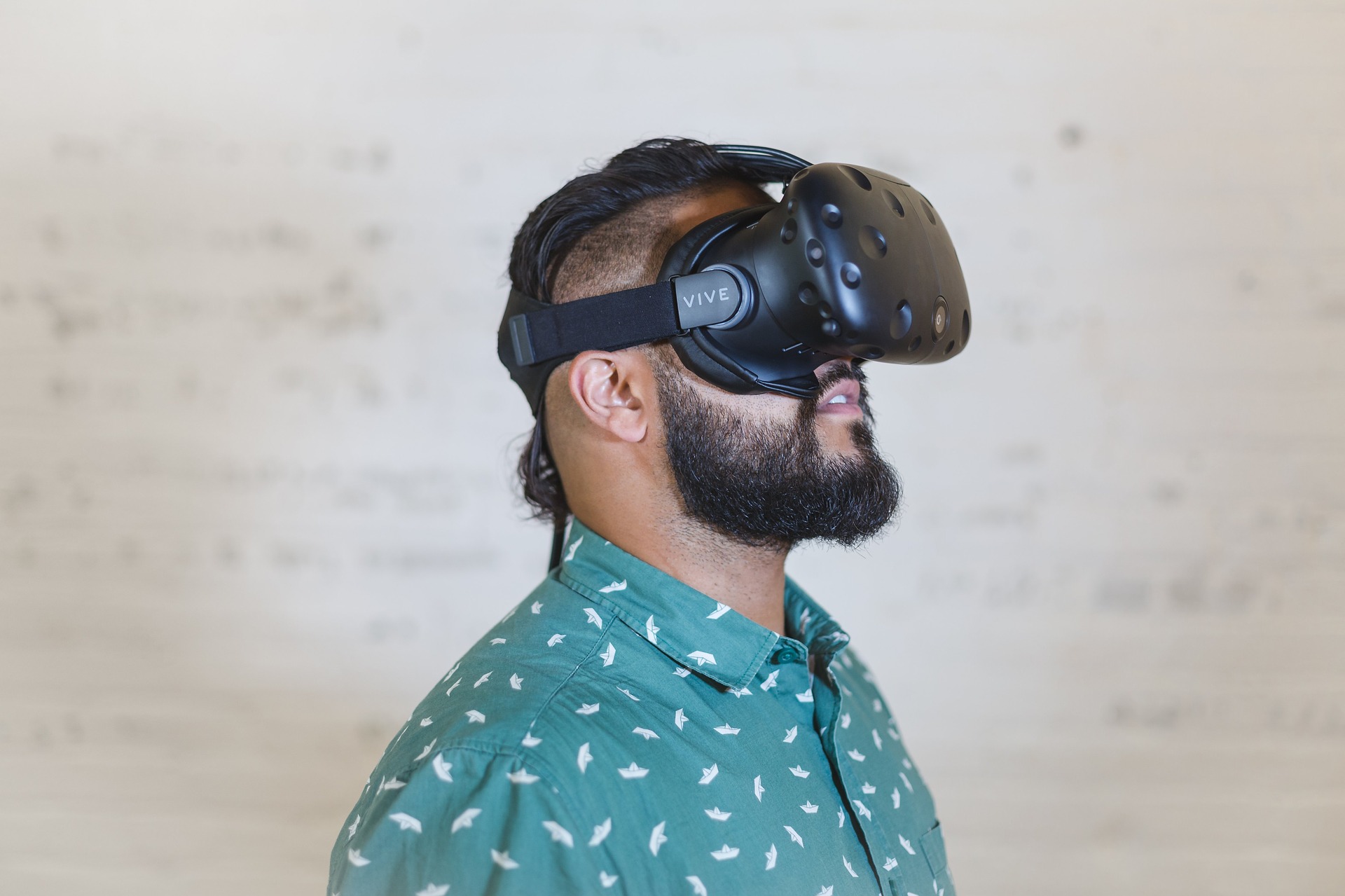By Abida Meerasa | August 2nd, 2017
Imagine receiving an alert from your car that you are running low on gas, with personalized suggestions of gas stations in your vicinity. Your car is aware that you look for the lowest prices, or maybe you are loyal to a specific company. Or imagine, while grocery shopping, your fridge messages your phone, reminding you to buy milk and the availability at the store. Or perhaps a cheaper option is available at another store near by. If you prefer to buy a specific type of milk, such as lactose-free or almond milk, maybe there is a new brand available that you would enjoy.
To target customers effectively, brands need to predict the needs of customers and capture their attention while it is relevant. If a customer sees an ad while browsing the internet, by the time that ad becomes relevant to them personally, the customer likely no longer remembers it, or they ignored the ad, to begin with.
The Right Information at the Right Place at the Right Time
To continue effectively targeting customers, brands need to step away from traditional advertising. In traditional advertising, digital and print ads are delivered broadly with limited targeting. Currently digital ads are being optimized to reach people based on their browsing activity, however, many people do not appreciate being subjected to these. They either ignore them or block the ads. In order to combat this, advertising agencies and brands need to adapt by shifting their focus to each customer’s individual experiences. Brands need to be timely and relevant when targeting customers so that they help customers to solve current problems, rather than bombarding them with ads that do not apply to them.
Virtual Reality Experiences
With the introduction of Virtual Reality, brands can bring products directly to people wherever they are. Imagine visiting a hotel you would like to stay in during vacation through VR, or visualizing furniture and decor in your home before it is placed there. These are applications of VR that allow customers to easily find the right products and services based on their wants and needs. It also cuts down on the time spent searching for products and helps avoid disappointments. With virtual reality, customers can share product experiences at any time with friends as opposed to simply tell them about it, and they can even share them in real-time.
Allowing customers to have more authentic experiences during the buying process will lead to more sales. As customers find and use the right products, they are more likely to share those satisfying experiences with others. rBux is a great platform for customers to easily share product experiences, and our technology tracks these communications so that customers are rewarded for conversations that lead to sales.


